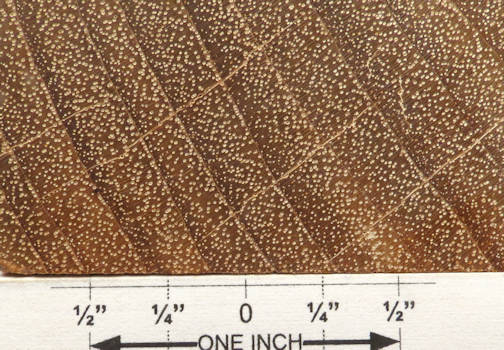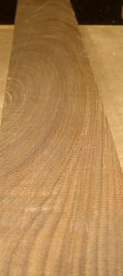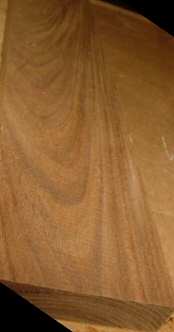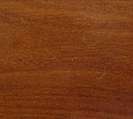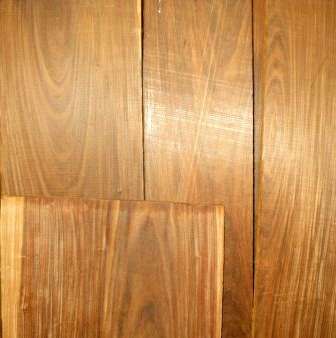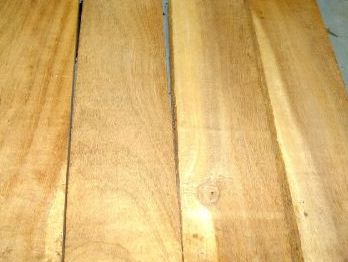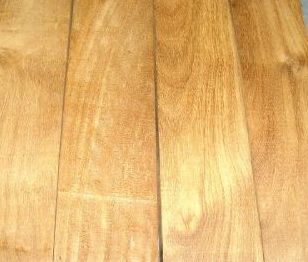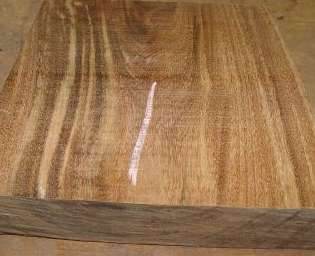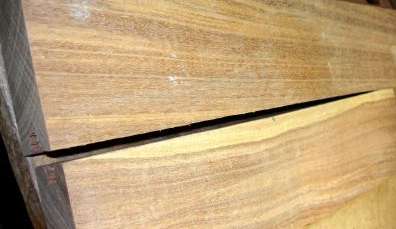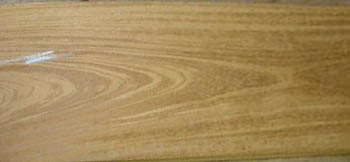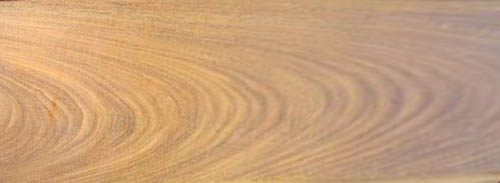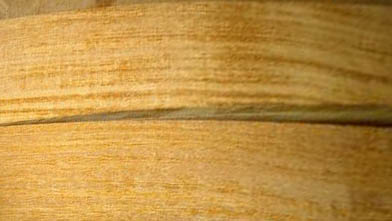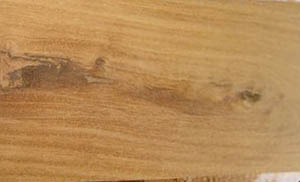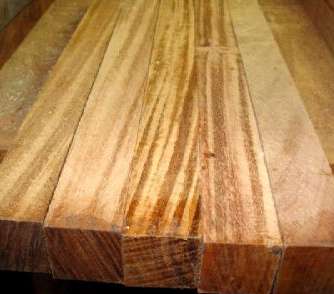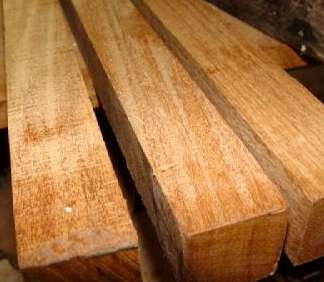the REST of the pictures on this page will give you a better overall feel for this wood
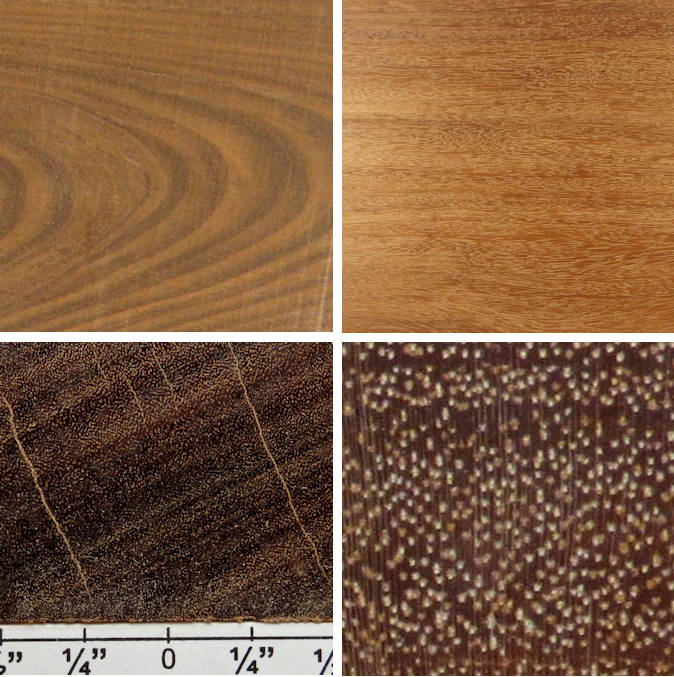
billy webb wood / Acosmium panamense (syn. Sweetia panamensis)
of the family Fabaceae (syn. Leguminosae)
the legume, pea, or bean family
5" x 5" flat cut, 5" x 5" quartersawn, 1" wide end grain, and a 1/4" x 1/4" end grain closeup.
diffuse porous with closely packed very thin rays, thin vasicentric parenchyma. Generally interlocked grain with signs of that often obvious on face grain. Growth rings range from vague to very clear. Color range centers around brown with from orangish brown to chocolate brown, sometimes with reddish highlights and even reddish/orangish streaks.
Also called chichipate, coyote, and bilihuete, this very hard, heavy, strong wood polishes to a high sheen. In the flooring industry (which makes up its own names) it's sometimes called "Southern chestnut" (but that is NOT a name you will see outside of the flooring industry). It grows from Southern Mexico down through Central America. Reportedly, bee's wing figure is common in this wood due to interlocked grain, but none of the many planks I have purchased have ever exhibited any hint of such a figure nor have I seen many pics on the web of planks with such a figure. A bee's wing plank is shown in in the web pics at the bottom of this page.

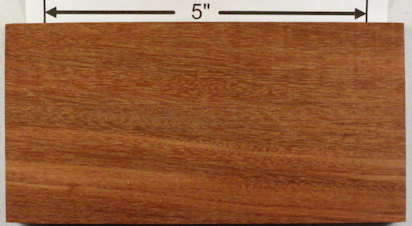


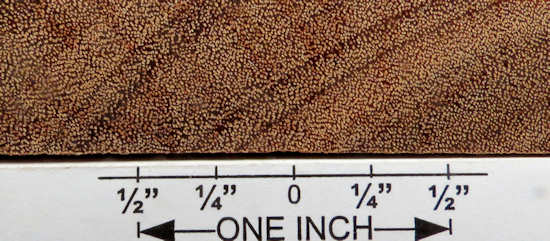
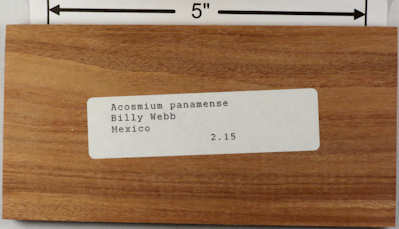
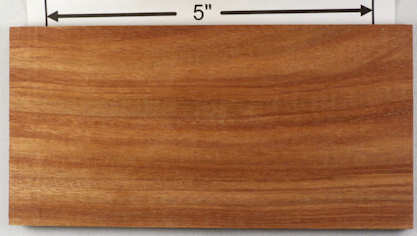

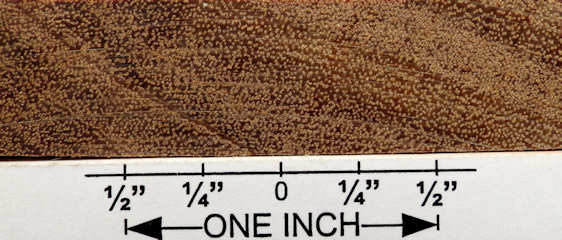

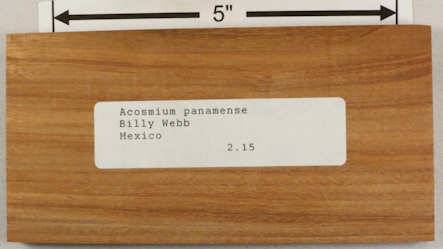
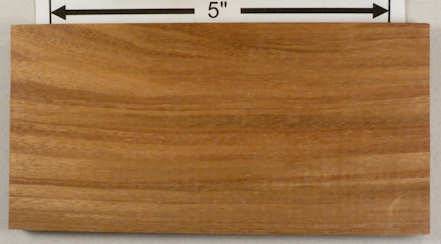

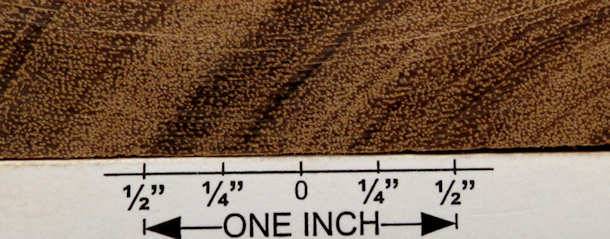


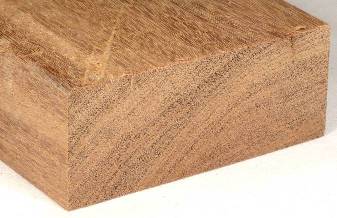
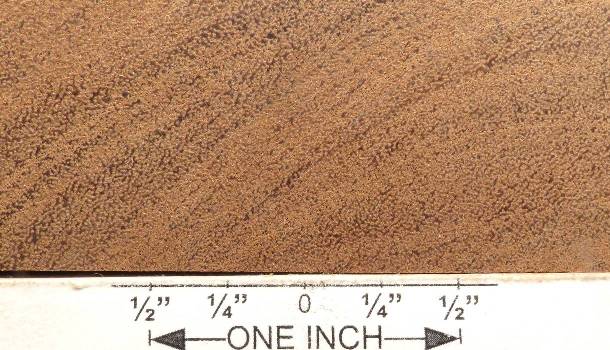

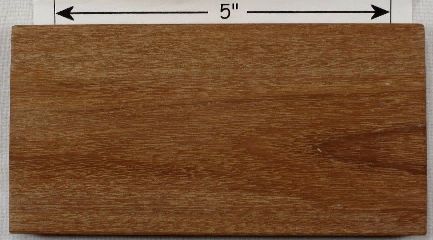


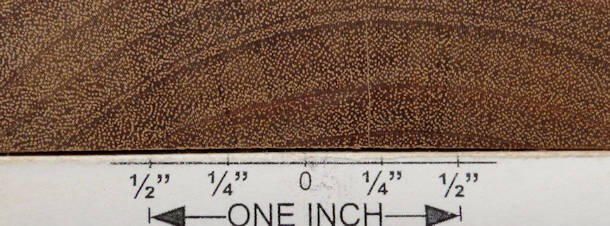



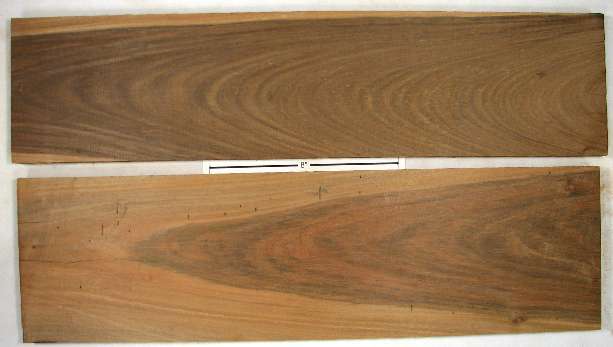
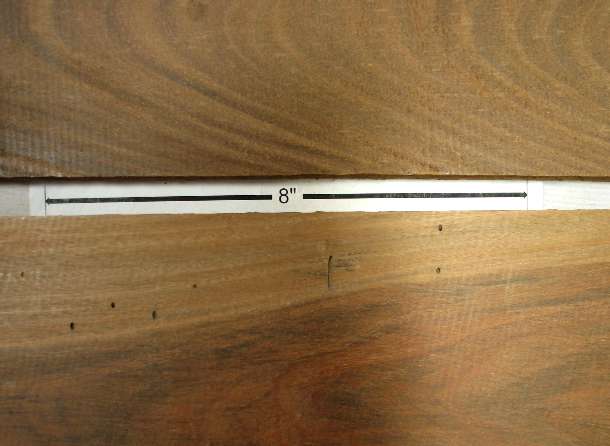

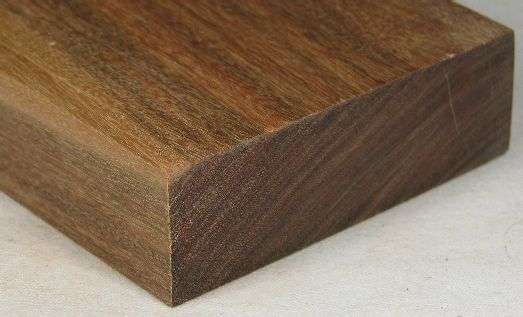
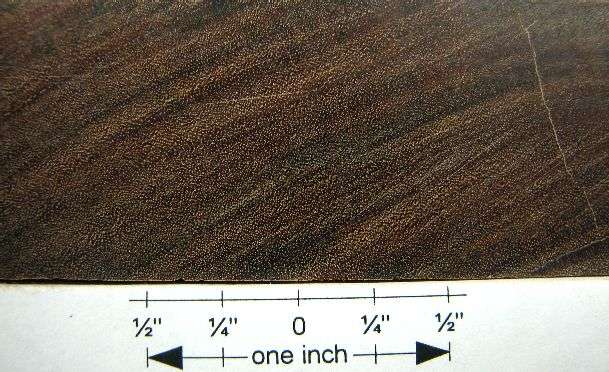
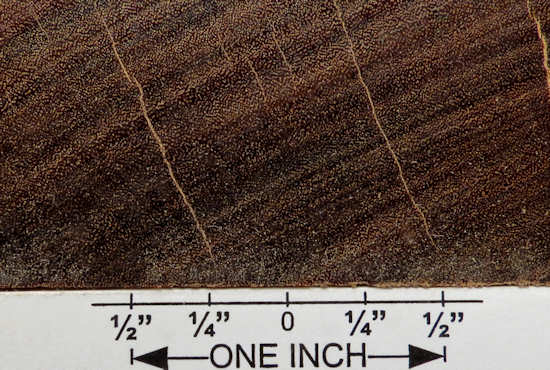
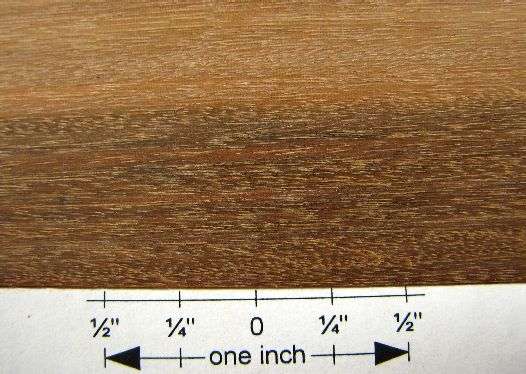
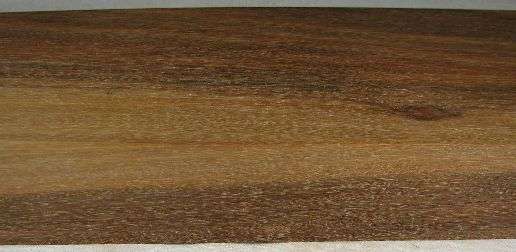



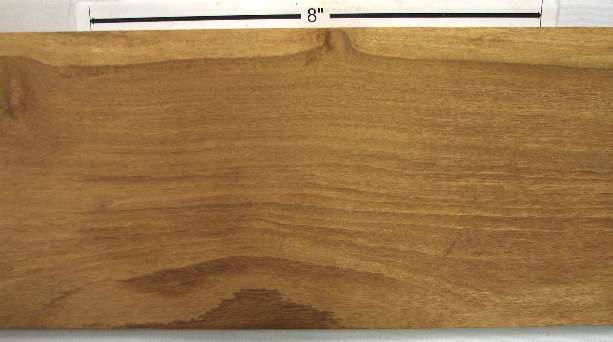


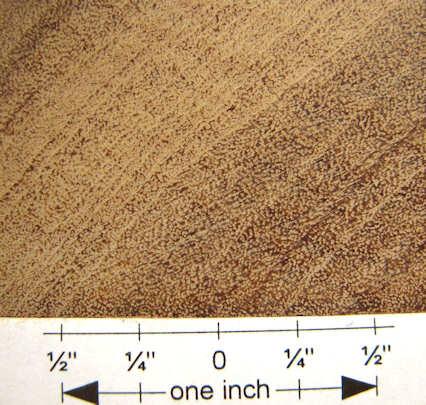
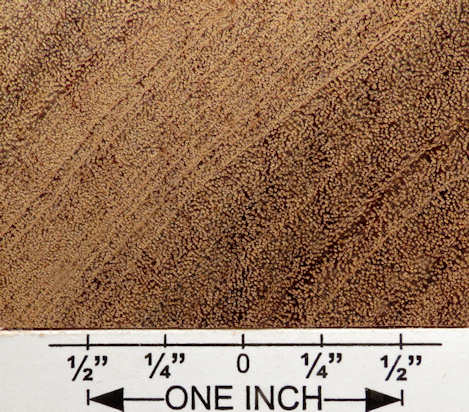



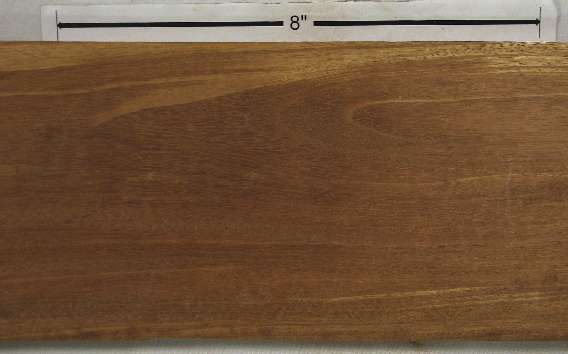

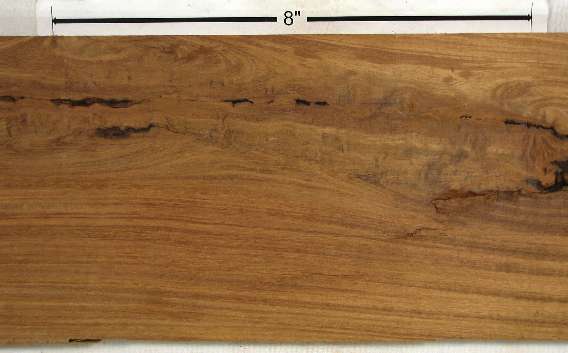

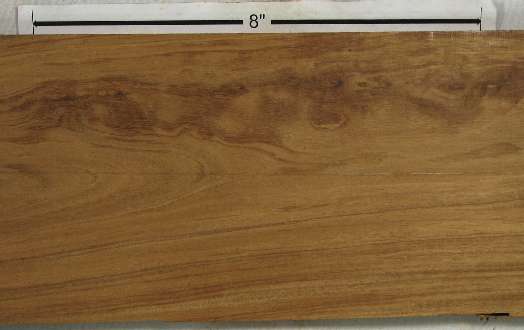

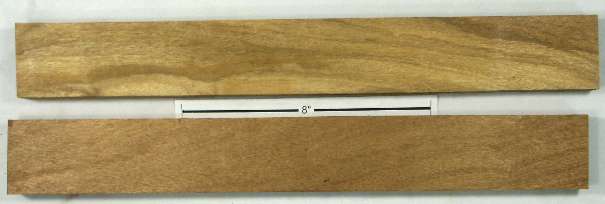


%201%20finished%20s25%20plh.jpg) NOT a raw wood color
NOT a raw wood color
%201%20raw%20s25%20plh.jpg)
%201%20s25%20plh.jpg)
%201%20end%20grain%20s25%20plh.jpg)
%201%20end%20grain%20closeup%20s25%20plh.jpg)
%201%20end%20grain%20closeup%202%20s25%20plh.jpg)
